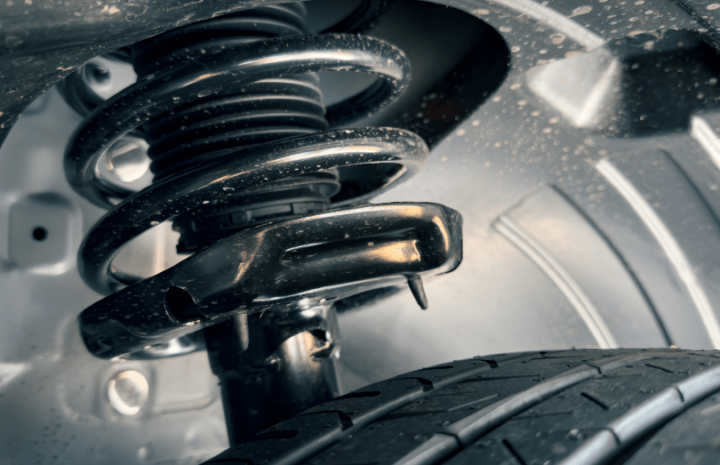You’ve heard various terms that describe the function and parts of car suspension systems for years, but do you actually know what these systems do?
What does your car’s suspension system do? How important is this system to the functionality and performance of your vehicle? This system is one of the most important for every driver. It doesn’t matter what vehicle type you drive; your suspension performs some necessary functions to ensure you can continue driving on the roads or trails that you enjoy.
Let’s look at a few car suspension systems and learn the pros and cons of each.
Parts of a suspension system
Before you dive into the pros and cons, you should know about some of the parts and the functions they perform. Every suspension system requires some parts to function. Here are some of the most common parts and the functions they perform:
- Springs: Supports the weight of the vehicle to allow up and down movement while absorbing road imperfections. Springs come in coil, leaf, torsion bar, and air forms.
- Dampers: Controls spring oscillations to keep the vehicle in control over bumps and through turns. Dampers include shock absorbers, struts, and coilovers.
- Linkages: Linkages connect the chassis and suspension together. These are the control arms, compression/tension arms, radius arms, lateral links, trailing arms, and track bars.
- Pivot Points: The pivot points are the bushings, ball joints, and strut mounts. These items allow for movements in the car suspension system.
- Knuckles and spindles: These items provide a connection point for the steering and suspension linkages. They also provide mounting for the brakes and wheel bearings to bring everything together.
- Wheel bearings: Serve as mounting points for the wheels, delivering low-friction rotation of the wheel and tire assembly.
- Wheels and tires: Connect the vehicle to the ground and are the final part of car suspension systems, giving the vehicle traction or acceleration, braking, and turning.
Dependent Suspension
A dependent suspension connects the wheels by a common rail/beam and works in tandem. This suspension is typically used in heavy-duty/heavy-load applications and comes in two types: driven (fixed axle) and non-driven (beam axle).
Pros
- High load handling
- Easy to maintain
- Great off-road capabilities
- Clearance and articulation
Cons
- Poor handling
- Heavy
- Limited adjustment
- Unstable at high speeds
Independent Suspensions
There are several types of independent suspensions, giving you the driving feel and ride you want. These car suspension systems allow the wheels to move up and down independently of each other, which means better handling. Some of the types of independent suspensions are:
MacPherson Strut
This is a simple system that’s used for lightweight, unibody vehicles. The strut and springs are mounted together, and the system pivots using the upper strut mount and lower ball joint.
Pros
- Economical
- Low maintenance
- Decent handling
Cons
- Limited adjustability
- Marginal performance
Double Wishbone
When it comes to performance, the double wishbone is the preferred car suspension system for off-road and medium-duty driving. This system has an upper and lower control arm of different lengths, and it comes in two types. The lower control arm bearing the vehicle’s weight in Type-I systems, while the upper control arm bears the weight in a Type-II system.
Pros
- Kinematics
- Better handling
- Good adjustability
Cons
- Multiple wear items
- Space
Multi-link
A multi-link suspension is a complex system that is found on many performance vehicles. It has multiple pivot points that offer an excellent combination of comfort and handling.
Pros
- Comfort and handling
- Precise adjustments
Cons
- Complex system
- Costly repairs
Twin I-Beam (Swing Axles)
This type of suspension system is sometimes driven, but most of the time, it is a non-driven system. This is a car suspension system that is found on heavy-duty vehicles.
Pros
- Carry a lot of weight
Cons
- Not very common
- Difficult to work on
Which suspension does your vehicle have?
For the most part, most vehicles have a MacPherson Strut suspension, which is the most economical and works great for vehicles that need to handle a commute every day. That doesn’t mean its what your car has. Now that you know a little more about car suspension systems, you can understand what the benefits of each type are and why they are used on certain vehicles and not on others.
Next time you buy or discuss cars, you’ll have a bit more knowledge to talk about the suspension system and what it does to help the car drive better.
This post may contain affiliate links. Meaning a commission is given should you decide to make a purchase through these links, at no cost to you. All products shown are researched and tested to give an accurate review for you.

